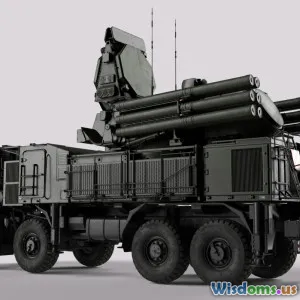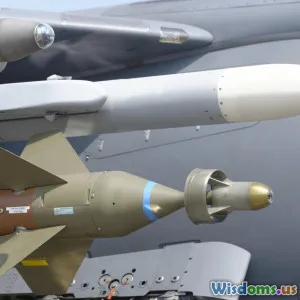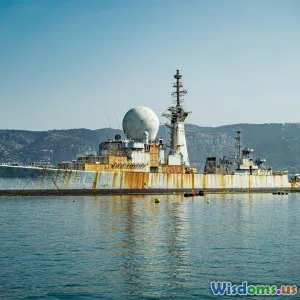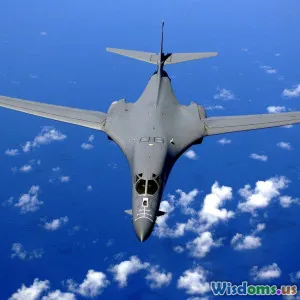
Upgrading Outdated Bombers A Step by Step Guide
31 min read A safe, compliant, step-by-step roadmap to modernize demilitarized historic bombers for museum and civilian operations, focusing on avionics, structure, documentation, and sustainability. (0 Reviews)
Upgrading Outdated Bombers: A Step-by-Step Guide
When an aircraft has flown for decades, it carries more than rivets and wiring harnesses—it carries institutional memory. Large bomber fleets are among the most enduring machines in aviation, kept relevant through careful modernization that balances safety, mission effectiveness, cost, and geopolitical responsibility. Yet “upgrade” can mean many things, from a cockpit refresh to a complete re-engine and digital backbone overhaul. This guide lays out a disciplined, responsible, high-level pathway to modernizing legacy bombers, grounded in lifecycle management best practices and public, historical examples, without diving into sensitive or tactical specifics.
Why Upgrade Instead of Replace?
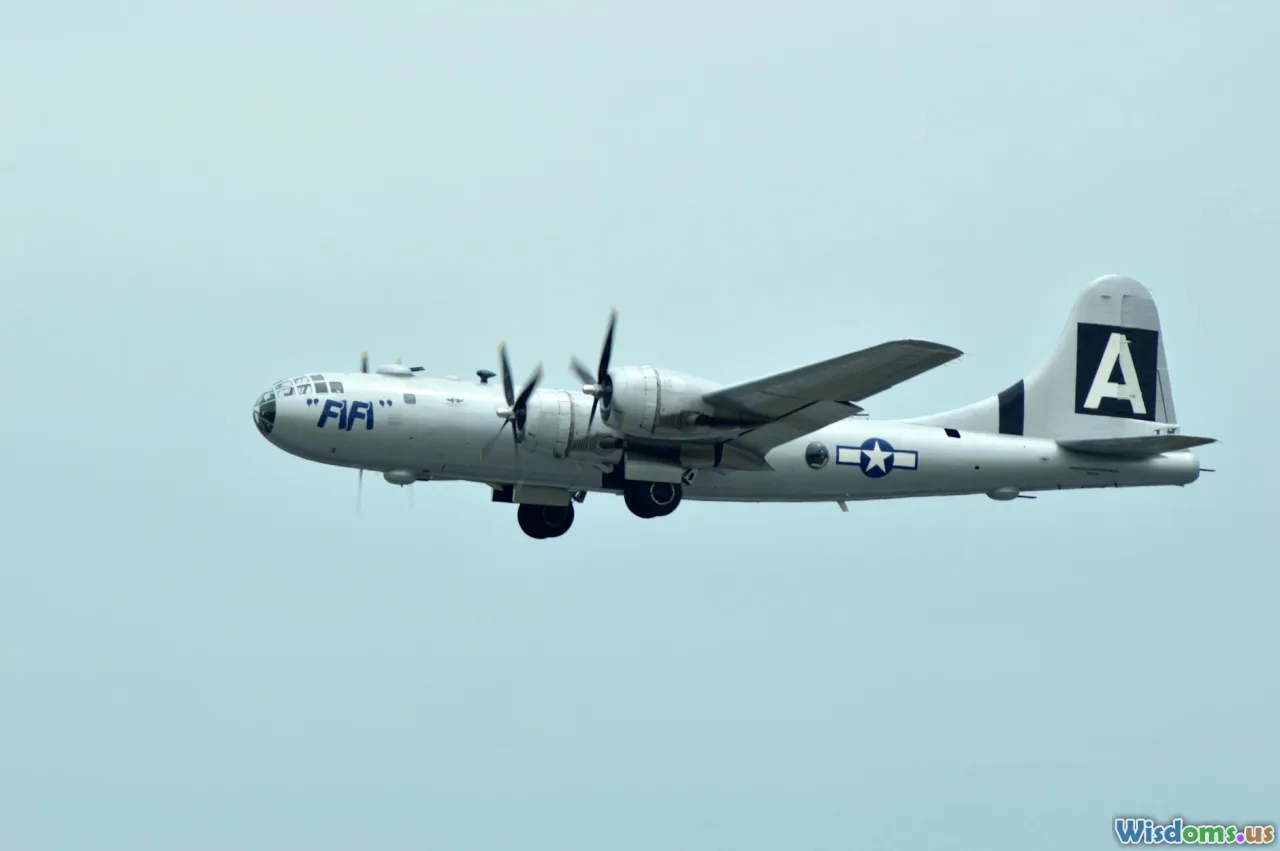
- Lifecycle economics: Extending an airframe that is structurally sound can be dramatically cheaper than developing a clean-sheet aircraft. Public programs often cite 20–50% cost avoidance compared to new-build procurement when a legacy platform is viable for modernization.
- Capability growth without starting over: With today’s open systems architectures and software-defined avionics, functionality can evolve as standards mature—without replacing the entire aircraft.
- Industrial base and training continuity: Upgrades allow maintenance communities, supply chains, and training pipelines to evolve gradually, reducing short-term shocks and preserving expertise.
Examples worth noting:
- B-52: The U.S. B-52 fleet is undergoing a well-publicized re-engining and avionics refresh meant to carry it through roughly a century of service life. The rationale: a rugged airframe with ample volume for new systems, improved fuel efficiency, and better reliability.
- Tu-95: Open sources discuss Russia’s long-range bomber modernizations, including new avionics and systems updates over time, highlighting a global pattern—legacy bombers can be kept relevant with careful upgrades.
- C-5M (transport, not a bomber but instructive): The U.S. Air Force’s C-5M re-engining and avionics modernization program showcased major lifecycle gains—shorter takeoff distances, higher reliability, and better availability—off an existing airframe.
The point is universal: modernization can be a rational choice when done methodically and ethically, with safety, compliance, and mission appropriateness as non-negotiables.
Step 1: Clarify the Mission and Constraints

Define the problem before purchasing parts. A disciplined requirements process keeps upgrades purposeful and avoids scope creep.
Questions to anchor the process:
- Mission profile: What mission sets are anticipated in the next 10–20 years? Long-range presence? Rapid redeployment? Special environments (polar, maritime)?
- Interoperability: What communications and data links must be supported (e.g., coalition interoperability, secure voice/data standards)?
- Availability and turnaround: What sortie rate targets are realistic? How many aircraft should be mission-capable at any given time?
- Infrastructure: What is the support environment (hangar heights, ground power, tooling)? Any constraints on basing or runway requirements?
- Budget and timeline: What funding profile is available? What delivery cadence is necessary to sustain the fleet without creating readiness gaps?
Outputs:
- A prioritized capability list (must-have, should-have, could-have) with measurable outcomes.
- A top-level technical concept of operations (CONOPS) that links mission outcomes to the modernization approach.
- A risk register capturing uncertainties (supply chain, certification timelines, integration complexity) with mitigation plans.
Tip: Use mission-based analysis (e.g., scenario vignettes) to validate requirements. This prevents over-investing in marginal capabilities at the expense of availability and safety.
Step 2: Governance, Safety, and Ethics First

Before modifying a complex aircraft, ensure the program sits on firm legal and ethical ground:
- Regulatory framework: Align with applicable aviation safety and airworthiness standards. For military aircraft, this includes service-specific airworthiness authorities and conformance with electromagnetic compatibility, lightning protection, and environmental compliance standards.
- Export controls and international law: Understand—and adhere to—export control regimes (e.g., ITAR/EAR where applicable) and alliance commitments. Ensure no technology transfer violates treaties or partner agreements.
- Environmental stewardship: Plan for hazardous materials handling, disposal, and emissions compliance. Consider noise abatement and community relations near operating bases.
- Safety-of-flight: Define hazard analyses and safety case requirements early (functional hazard assessments, system safety assessments). Establish formal change control and configuration management to keep the aircraft safe throughout modification.
Ethical lens: Maintaining legacy fleets requires diligence against mission creep and unintended escalation. Institutionalize regular ethics reviews and civilian oversight mechanisms where appropriate.
Step 3: Baseline the Airframe and Systems

Know what you are upgrading. Establish a baseline through:
- Structural life assessment: Perform nondestructive inspections (NDI) such as eddy current, ultrasound, and radiography to detect cracks, corrosion, and hidden defects. Review fatigue-life models based on historic usage and projected mission profiles.
- Systems mapping: Document avionics architecture, wiring harnesses, power distribution, cooling systems, hydraulic lines, and environmental controls. Validate configuration records against physical reality—legacy aircraft often diverge from documentation over decades.
- Obsolescence/DMSMS audit: Identify parts with diminishing manufacturing sources and material shortages. Flag software that is unsupported or built on obsolete toolchains.
- Weight and balance: Quantify current empty weight and center-of-gravity (CG) envelope. Every upgrade must respect margins and stability.
Deliverables:
- A verified as-is digital model (configuration index) to anchor future design decisions.
- A prioritized remediation plan for structural issues and safety-critical items before capability upgrades.
Example: Several bomber and large aircraft modernization programs have found wiring insulation types and legacy connectors that no longer meet modern safety expectations. Early discovery allows refit planning alongside other upgrades, avoiding rework.
Step 4: Architect an Open, Modular Avionics Pathway
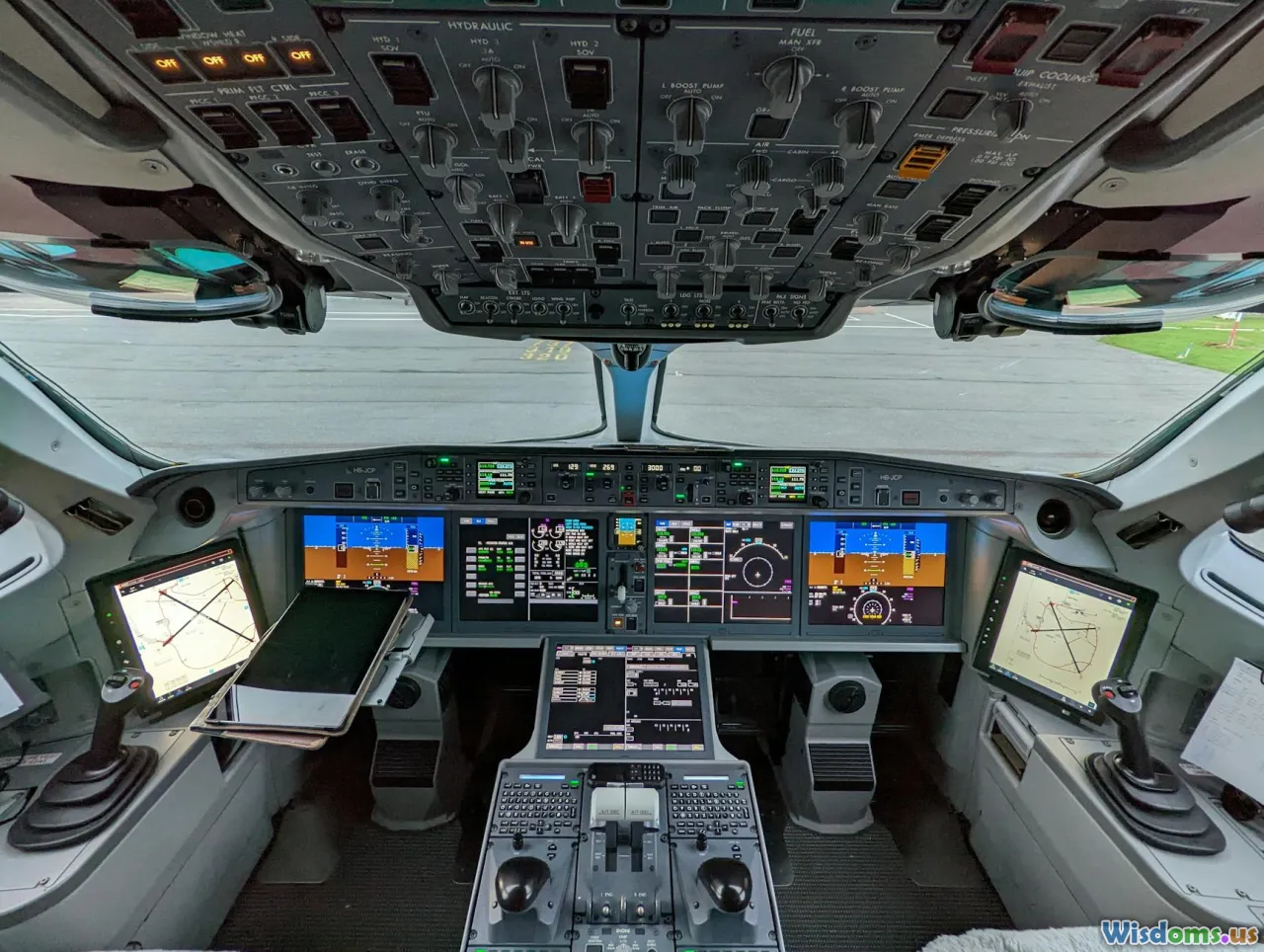
A modular, open-systems approach prevents vendor lock-in and enables incremental evolution:
- Open standards: Embrace published standards for hardware and software interfaces. Many defense programs reference open mission systems concepts and modular avionics frameworks to decouple applications from platforms.
- Data buses and networks: Plan for mixed legacy and modern data transport (e.g., bridging older buses with newer Ethernet-based networks). Use gateway solutions to manage protocol translation cleanly and maintain determinism.
- Software assurance: Specify robust software development and verification practices. Maintain configuration management, static analysis, and regression testing pipelines. Prioritize human-machine interface clarity to reduce workload.
- Growth margins: Provision spare processing, memory, bandwidth, and cooling for future capabilities. Design equipment bays and racks for ease of replacement.
Best practices:
- Adopt a plug-in architecture for mission applications where feasible.
- Use digital twins and model-based systems engineering (MBSE) to visualize interactions and confirm that timing, reliability, and safety requirements are met.
- Maintain a strict integration lab (iron bird) to test new software and hardware before touching a live aircraft.
Example: Modern bomber upgrades have emphasized new radars, navigation, and communications systems using contemporary sensors and networked mission computing. The key takeaway is not the specific sensor model but the architectural principle: decouple the mission applications from the aircraft so updates can be fielded without replacing fundamental infrastructure.
Step 5: Propulsion, Power, and Thermal Management
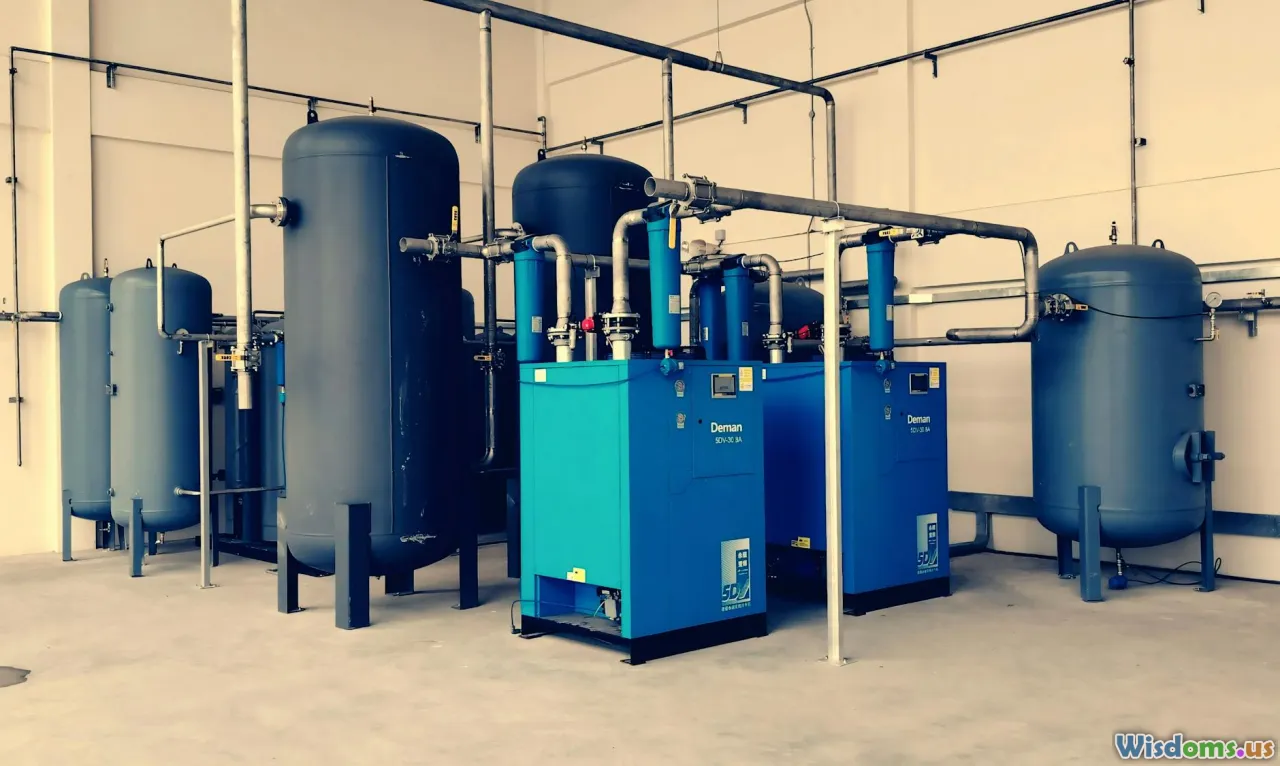
Propulsion modernization can drive large gains in reliability, fuel efficiency, and range while reducing maintenance burden.
Considerations:
- Re-engining trade study: Compare life-cycle costs, fuel burn, maintenance hours, and range implications across candidate engines as allowed by program constraints. Account for nacelle integration, structural impacts, and thrust-to-weight changes.
- Power generation: Legacy generators may not support modern avionics loads. Evaluate modern integrated drive generators or equivalent to ensure ample, reliable electrical power with redundancy.
- Thermal management: New electronics produce heat. Upgrade environmental control systems and consider liquid cooling loops where appropriate to maintain component longevity.
- Engine health management: Use condition-based monitoring and predictive analytics to reduce unscheduled maintenance.
Public example: The well-publicized B-52 re-engining effort aims for double-digit fuel efficiency improvements and better on-wing reliability, supporting long service life. Similar logic has underpinned transport aircraft upgrades like the C-5M, which delivered significant performance gains and readiness improvements.
Caution: Re-engining is a heavy lift—structural reinforcement, aerodynamic analysis, flutter margins, and landing gear loads must all be revalidated. Plan for extensive ground and flight testing.
Step 6: Navigation, Communication, and Situational Awareness

Strong connectivity and awareness underwrite mission effectiveness and safety.
Key elements:
- Resilient navigation: Integrate modern inertial systems with multiple sources of aiding to improve robustness against signal disruptions. Maintain disciplined time-sync architectures across avionics.
- Communications: Support secure, interoperable voice and data communications aligned with coalition standards where appropriate. Provision for future waveform updates.
- Cockpit modernization: Replace legacy gauges with integrated, human-centered displays. Improve crew workload management with intuitive alerts and built-in training (BIT/BITE) screens.
- Digital maps and weather: Provide high-integrity mapping and meteorological data integration for planning and en route decision-making.
Example: Several modernization programs have replaced mechanically scanned radars with newer electronically scanned arrays for navigation and situational awareness, paired with improved digital moving maps. The operational value is better reliability, lower maintenance, and safer operations in varied environments.
Step 7: Defensive Aids and Survivability—Within Policy and Ethics
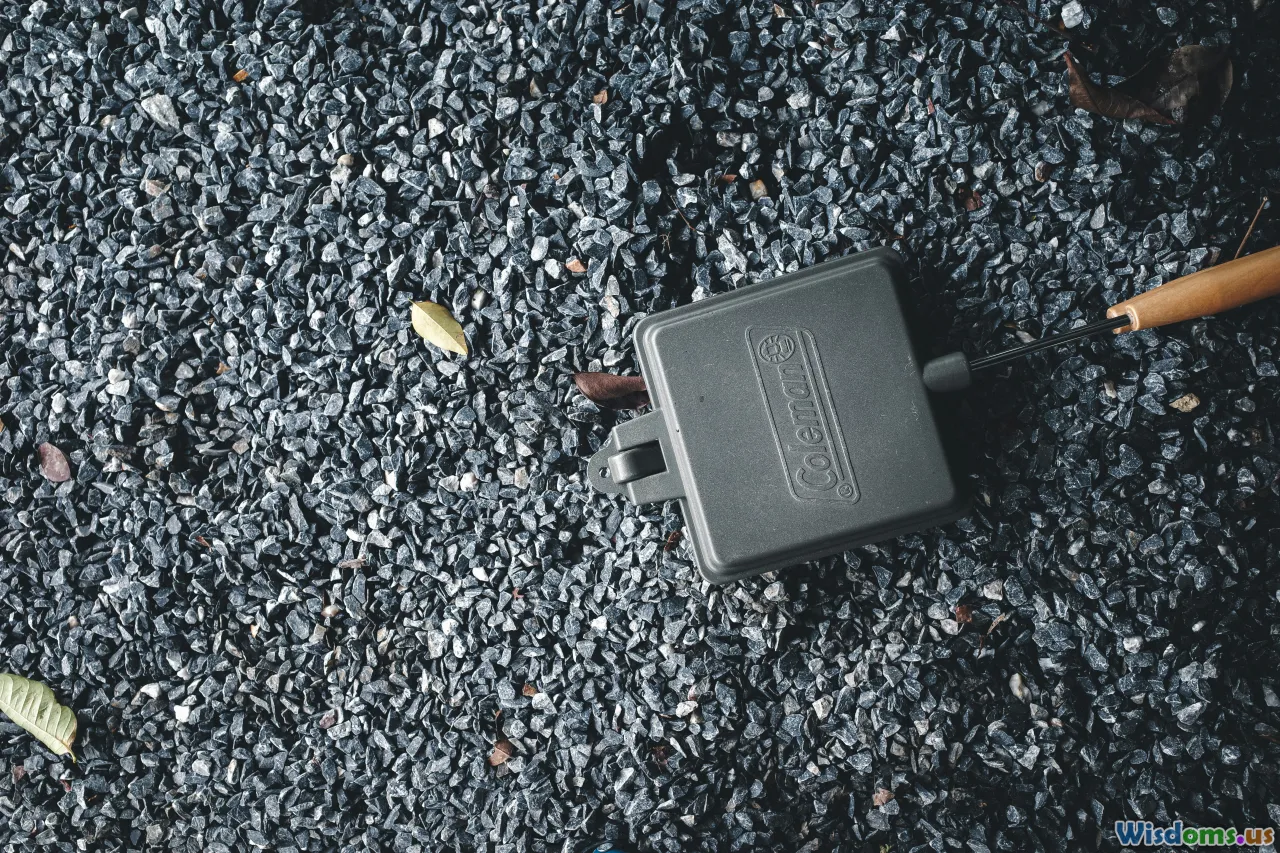
Any discussion of survivability upgrades must be responsible and high-level. Focus on principles rather than sensitive specifics.
Principles:
- Threat-informed design: Use accredited threat models to guide defensive investment while staying within legal and ethical bounds.
- Layered sensing: Consider a modular approach that supports improved detection and warning of hazards, designed for reliability and low false-alarm rates.
- Decoys and countermeasures: Where compliant with law and policy, systems that improve aircraft survivability may be considered in a modular fashion to facilitate maintenance and upgrades.
- Crew safety and egress: Revisit fire suppression, oxygen systems, and egress procedures. Human survivability is the top priority.
Programmatic focus:
- Certification and safety: Ensure any new defensive system integrates cleanly with aircraft power, cooling, and control systems with clear, testable safety cases.
- Interoperability: Standardize message sets and test interfaces thoroughly in labs before fielding.
The practical takeaway: survivability is a systems engineering and safety challenge as much as a technology one. Emphasize reliability, integration discipline, and airworthiness.
Step 8: Structural Upgrades, Materials, and Corrosion Control

Time is hard on metal. The structural program should aim for predictable, inspectable longevity.
Actions:
- Corrosion management: Identify hotspots (bilges, lap joints, fuel bays) and apply improved coatings and sealants. Establish periodic inspection regimes tuned to environmental exposure.
- Structural reinforcement: Replace high-stress components with new builds if fatigue life is near limits. Where appropriate, use improved alloys or treatments for better crack resistance.
- Additive manufacturing for obsolescence: Qualify additively manufactured non-critical components where legacy supply is defunct. Validate mechanical properties and dimensional tolerances to aviation standards before fleet use.
- Weight control: Be vigilant. Every added pound has ripple effects on performance and fatigue. Record all changes in the weight and balance ledger and update the flight manual accordingly.
Illustrative lesson: Multiple legacy aircraft have discovered hidden corrosion in wing spars and control surface hinges only after rigorous NDI campaigns. Early and repeated inspection is cheaper than late surprises.
Step 9: The Digital Backbone and Cybersecurity

Modernized aircraft are flying networks. Treat them accordingly.
- Segmentation and zero trust principles: Architect networks with strict segmentation between safety-critical and non-critical domains. Apply least-privilege and robust identity management for onboard systems.
- Secure development lifecycle: Ensure every software update follows rigorous configuration control, code review, and vulnerability scanning. Maintain a detailed software bill of materials (SBOM).
- Data integrity and logging: Implement tamper-evident logs, time synchronization, and integrity checks to support incident response and forensics.
- Update pathways: Design safe, verifiable update mechanisms for avionics and mission software, including rollback paths.
- Supply chain security: Vet suppliers against counterfeit risks and ensure cryptographic materials are handled compliantly.
Digital engineering enablers:
- Digital twin: Build and maintain a high-fidelity digital model of the aircraft’s systems to evaluate changes before hardware fabrication.
- MBSE and PLM: Use model-based engineering and product lifecycle management to connect requirements to hardware, software, and test artifacts, creating an auditable digital thread.
Step 10: Human Factors, Training, and Simulation
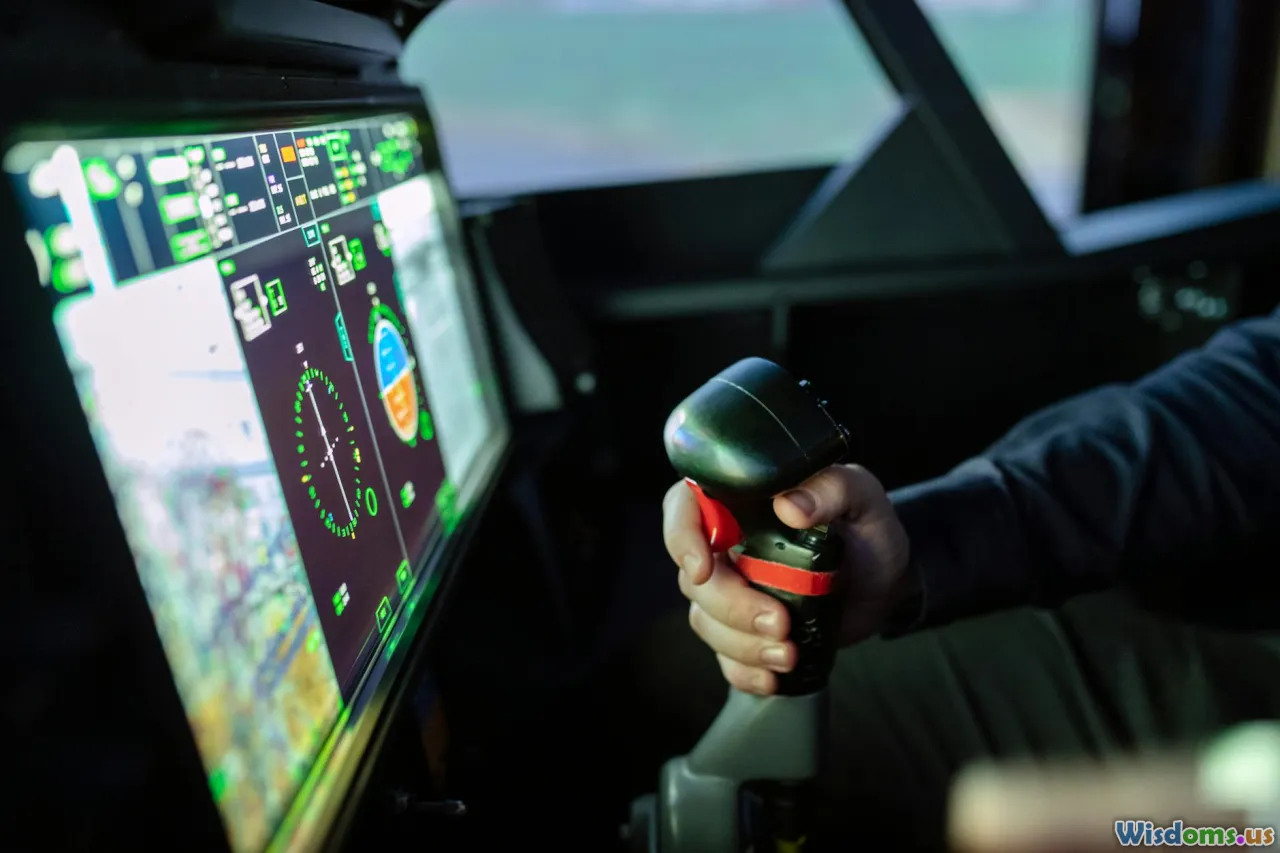
An upgrade is successful only if crews and maintainers can use and sustain it safely.
- Human-machine interface: Prototype cockpit layouts, multifunction displays, and alerting logics with real aircrew early. Address workload and legibility in day-night and degraded-visual environments.
- Training pipelines: Update syllabi, checklists, and standard operating procedures. Use blended learning—computer-based training, virtual reality/augmented reality modules, and full-motion simulators.
- Embedded training: Where appropriate, include training modes in avionics that allow crews to rehearse workflows on the ground.
- Maintenance proficiency: Introduce fault isolation trainers and digital troubleshooting guides. Track recurring faults and tune training to address them.
Case insight: Programs that delivered new glass cockpits without early crew involvement have seen slower acceptance and unexpected human factors issues. Crew-centered design pays for itself in safety and efficiency.
Step 11: Sustainment, Spares, and Supply Chain Resilience

Upgrading without a sustainment plan is a temporary win.
- DMSMS management: Establish a continual obsolescence watch, with preferred parts lists and second-source strategies. Enter long-term agreements for critical items.
- Performance-based logistics: Consider contracts that incentivize availability rather than just parts delivery. Structure metrics around mission-capable rates and mean time between failure (MTBF).
- Counterfeit avoidance: Enforce robust standards for parts traceability and testing. Conduct supplier audits and use certified distributors.
- Predictive maintenance: Leverage engine and systems health monitoring to shift from reactive to condition-based maintenance, reducing downtime.
- Tooling and ground support: Modernize test equipment and ground power support to match new avionics and power systems.
Practical example: When transport fleets transitioned to digital avionics, failure to standardize test equipment across bases drove repair delays. A common test and calibration suite, with shared data, accelerates troubleshooting.
Step 12: Environmental Footprint and Community Impact

Modernization is an opportunity to reduce environmental impact and strengthen community relations.
- Noise management: Evaluate propulsive and aerodynamic changes for noise signatures during takeoff and approach. Engage with local communities to time operations responsibly.
- Emissions: Re-engining and improved power management can cut fuel burn and emissions. Encourage efficient routing and flight planning.
- Materials and waste: Use lower-toxicity coatings and cleaners when compliant. Develop responsible disposal streams for removed components.
- Firefighting foams and HAZMAT: Transition to materials with safer environmental profiles where available and compliant.
Transparency with stakeholders—local leaders, environmental agencies, and the public—builds trust and eases the path for long-term operations.
Step 13: Budgeting, Risk, and Program Management Discipline

Complex upgrades succeed with rigorous, transparent management.
- Incremental spirals: Break the program into manageable releases. Field a core upgrade first; add advanced features in later spirals. This reduces risk and accelerates value.
- Cost realism: Maintain should-cost/will-cost analyses, and avoid optimistic schedules. Fund integration labs and test assets early.
- Earned value and leading indicators: Track not just cost and schedule, but technical performance measures (e.g., system stability hours, test pass rates, defect burn-down curves).
- Independent reviews: Use external red teams for architecture, cybersecurity, and safety reviews at major milestones.
- Change control: Guard against requirement creep. Tie every change to mission outcomes and risk reduction.
Historical lesson: Programs that cut systems integration labs to save money tend to spend more later fixing late-found defects. Early integration pays dividends.
Step 14: Interoperability and Allied Collaboration

Allied operations are the norm, not the exception.
- Communications and datalinks: Align with coalition standards for secure, interoperable exchange where applicable. Maintain backwards compatibility or gateways for legacy partners.
- Aerial refueling compatibility: Standardize on refueling interfaces used by partners (boom, drogue) as appropriate to mission.
- Certification reciprocity: Coordinate airworthiness and safety case elements across allied authorities to streamline acceptance.
- Exercise-driven feedback: Use multinational exercises to identify friction points and refine procedures.
Outcome: Upgrades that prioritize interoperability create strategic flexibility and reduce friction during joint operations.
Step 15: Case Studies and Cautionary Tales

Publicly known programs offer pragmatic lessons without venturing into sensitive detail.
- B-52 modernization: Widely discussed re-engining and avionics refresh illustrate the value of power, reliability, and digital backbones. Lesson: carefully manage integration risk by validating structural and aerodynamic interactions early.
- C-5M transport upgrade: Re-engining and avionics overhaul delivered large performance and availability gains. Lesson: life extension succeeds when structural fixes, engine upgrades, and digital modernization are treated as a coherent system.
- B-1 fleet management: Open reporting on readiness challenges has highlighted the importance of consistent inspection regimes, fatigue tracking, and transparent funding for structural repairs. Lesson: sustainment is not optional.
- Allied aircraft glass-cockpit retrofits: Several nations’ upgrades show the need for early human factors testing to avoid overloading crews with poorly organized displays. Lesson: invest in crew-centered design.
Cautionary themes:
- Underestimating integration complexity: Combining new sensors, networks, and software without an integration lab is a recipe for late discoveries.
- Supply chain fragility: Single-source critical parts can halt fleets. Build redundancy.
- Documentation drift: Legacy fleets often deviate from records. A high-quality baseline reduces rework and safety risk.
Step 16: A Responsible, Step-by-Step Roadmap

Here is a high-level, programmatic sequence that respects safety, compliance, and practicality. It is intentionally non-technical and avoids sensitive specifics.
- Frame the mission and constraints
- Establish top-level outcomes, interoperability needs, and funding profile.
- Draft a preliminary CONOPS tied to realistic scenarios.
- Governance and safety groundwork
- Confirm legal, regulatory, and ethical guardrails.
- Stand up configuration and risk management processes.
- Baseline the fleet
- Perform structural NDI, systems mapping, and DMSMS audits.
- Create a verified digital configuration index.
- Select an open architecture
- Choose modular avionics standards and define interfaces.
- Plan a growth strategy for computing, power, and cooling.
- Conduct propulsion and power trade studies
- Compare lifecycle costs, integration impacts, and logistics.
- Validate thermal management and electrical power margins.
- Define navigation, communication, and display upgrades
- Target resilient navigation and interoperable communications.
- Prototype human-centered cockpit layouts.
- Plan survivability and safety enhancements (at a responsible, high level)
- Focus on reliability, crew safety, and integration discipline.
- Maintain airworthiness cases and testing plans.
- Structure and materials program
- Address corrosion and fatigue hotspots.
- Qualify replacement materials and parts responsibly.
- Digital backbone and cybersecurity
- Implement segmented networks, SBOMs, and secure update paths.
- Build a digital twin and sustain MBSE/PLM processes.
- Training and simulation
- Update crew and maintainer pipelines.
- Build lab-based and simulator training integrated with new systems.
- Sustainment and supply chain
- Set up DMSMS monitoring and performance-based logistics.
- Standardize test equipment and parts traceability.
- Environmental and community engagement
- Address noise and emissions impacts.
- Use low-toxicity materials and responsible waste handling.
- Test and evaluation (ongoing)
- Use ground integration labs for early verification.
- Progress to ground tests (EMI/EMC, power quality) and controlled flight testing.
- Incremental fielding
- Deploy to a pilot unit, collect data, refine training.
- Scale up in spirals, adjusting based on operational feedback.
Milestones to watch:
- Systems Requirements Review (SRR)
- Preliminary Design Review (PDR)
- Critical Design Review (CDR)
- Test Readiness Reviews (TRR)
- Airworthiness releases
- Operational Test exit criteria
Step 17: Test and Evaluation That Reduces Surprise

- Lab-first philosophy: The integration lab mirrors the aircraft’s avionics stack. Run continuous integration and test automation to catch regressions early.
- Environmental qualification: Validate electromagnetic interference/compatibility, vibration, humidity, and lightning protection in certified labs. This reduces flight test churn.
- Incremental flight test: Start with safety-of-flight checks and expand the envelope methodically, with clear criteria for go/no-go decisions.
- Data discipline: Use standardized telemetry and data formats. Archive results for traceability and future troubleshooting.
Evidence-driven progression minimizes rework, contains cost, and protects crews and aircraft.
Step 18: Communication, Transparency, and Change Management

Large modernization programs live or die by stakeholder trust.
- Internal alignment: Keep aircrews, maintainers, and program offices in the loop with regular demos and open Q&A.
- External transparency: Share non-sensitive progress and environmental measures with communities and oversight bodies. Transparency builds political and public support.
- Change management: Provide clear transition plans so units know when to expect new equipment, training windows, and temporary downtime.
Tip: A monthly “open hangar” day for internal stakeholders—walking through the integration lab, reviewing dashboards, and seeing training tools—reduces rumor and resistance.
Step 19: Measuring Success Over Time
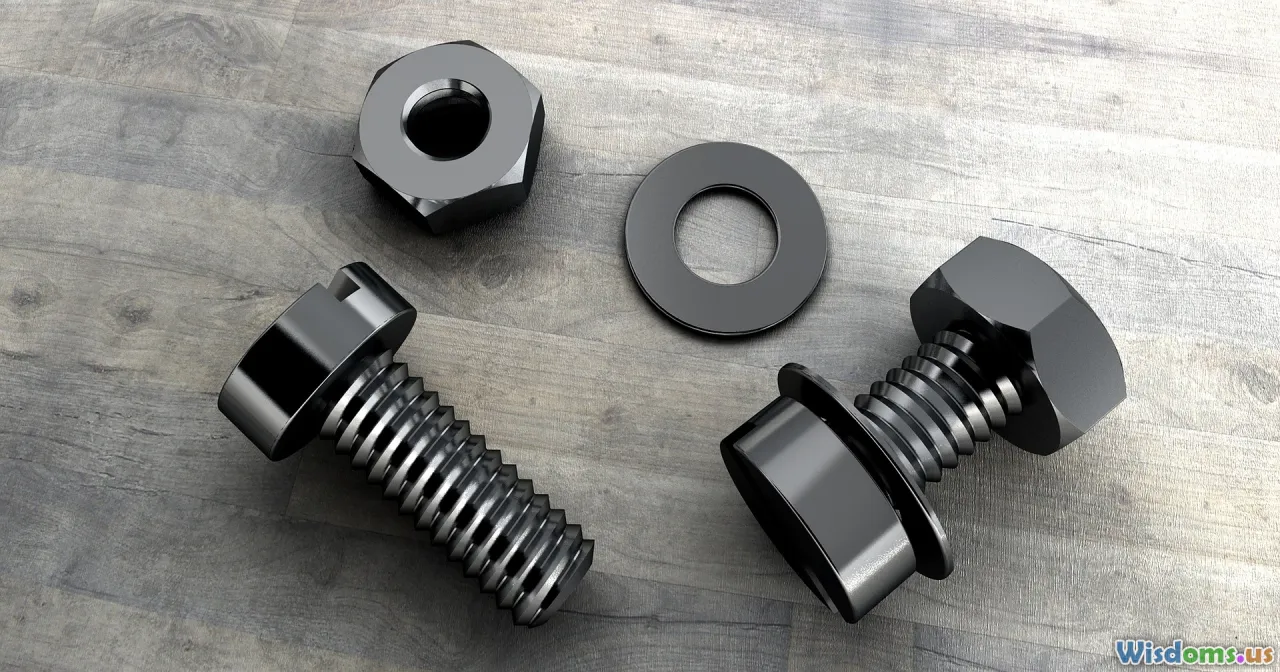
Choose metrics that reflect real value:
- Availability: Mission-capable rates and mean time to repair.
- Reliability: Removal rates, no-fault-found reductions, software stability hours.
- Efficiency: Fuel burn metrics post-re-engining (if applicable), power system margins.
- Human performance: Training completion rates, cockpit workload assessments, error rates.
- Sustainability: Hazardous material reductions, waste handling compliance, noise footprint changes.
Use dashboards to track leading indicators and take corrective action early.
Step 20: Future-Proofing—Designing for the Next Upgrade

Legacy fleets endure because engineers design with tomorrow in mind:
- Modularity by default: Use standardized connectors, mounting, and software interfaces so components are plug-replaceable.
- Spare capacity: Keep margins in power, cooling, and data bandwidth.
- Documentation: Maintain living documentation, digital twins, and training content that evolve with each change.
- Supplier ecosystem: Cultivate multiple qualified vendors for critical subsystems.
A well-architected upgrade is the foundation for the next one.
As the last rivet is inspected and the last display comes alive in the integration lab, remember that modernization is less about adding gadgets and more about stewardship—of safety, of taxpayer investment, of community trust, and of the crews who will fly these aircraft for years to come. Do the fundamentals well: define the mission clearly, respect governance and ethics, baseline the airframe, build an open digital backbone, test in the lab before flight, train your people, and plan your sustainment. That is how outdated bombers remain safe, relevant, and responsibly operated long after their first flights—by evolving thoughtfully, step by step.
Sustainability Historical Preservation Aerospace Engineering Aviation Weapons & Defense Airborne Weapons Restoration & Conservation Compliance & Safety warbird restoration avionics upgrade structural inspection corrosion control maintenance planning airworthiness certification materials traceability demilitarized aircraft
Rate the Post
User Reviews
Popular Posts










